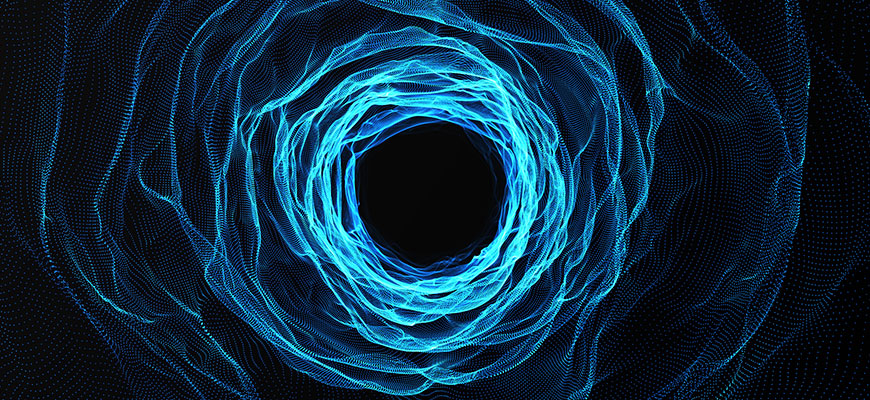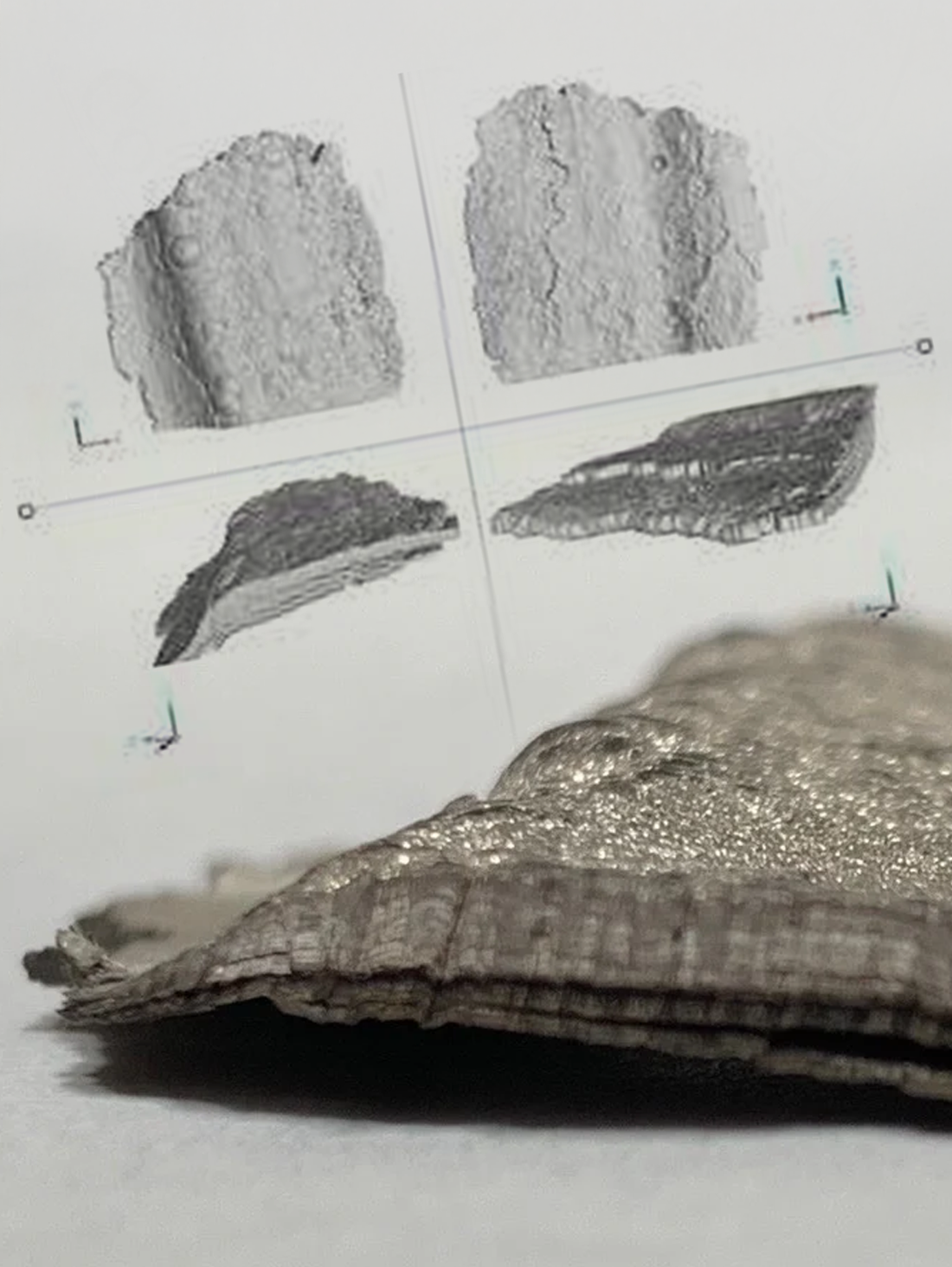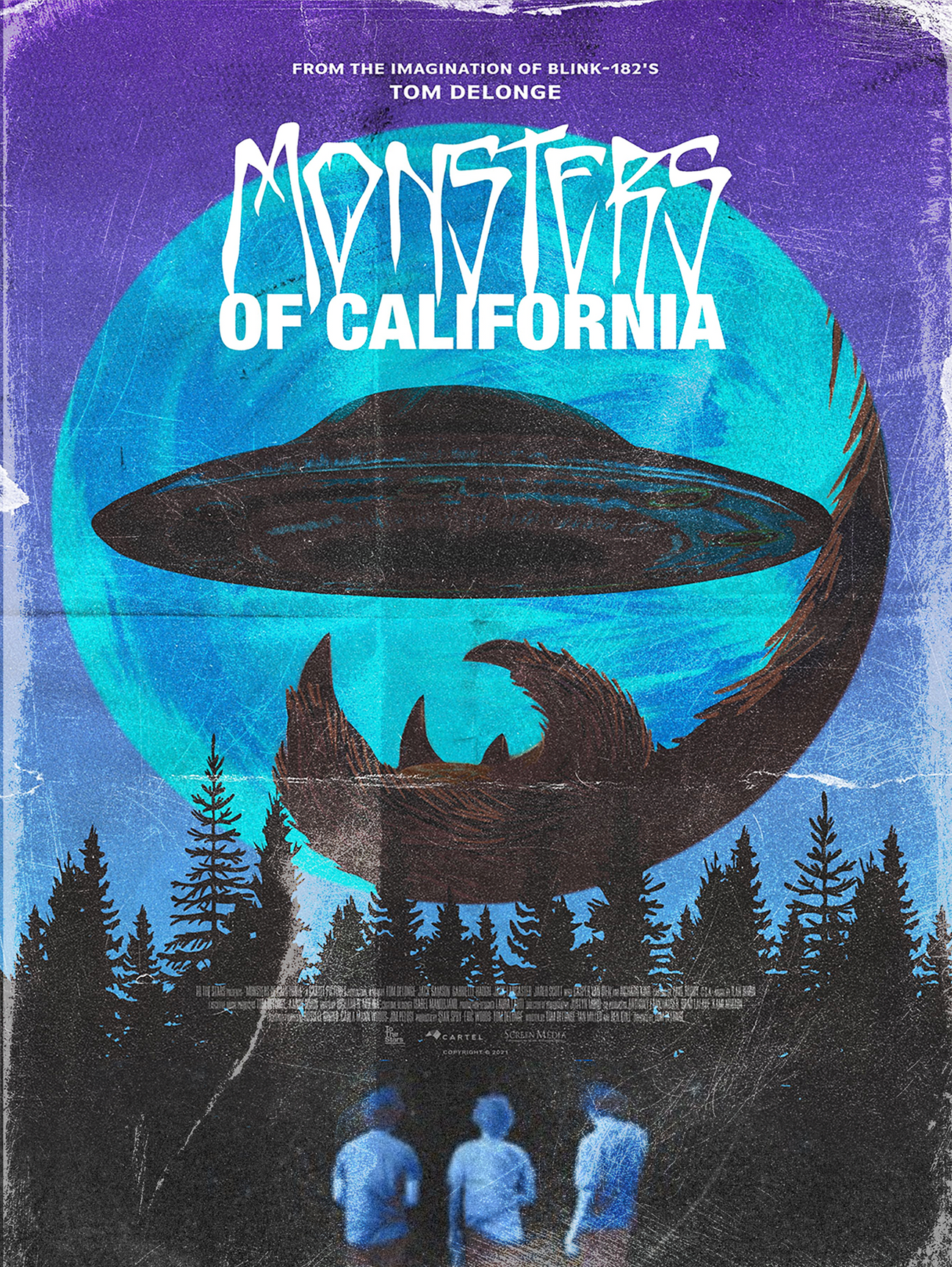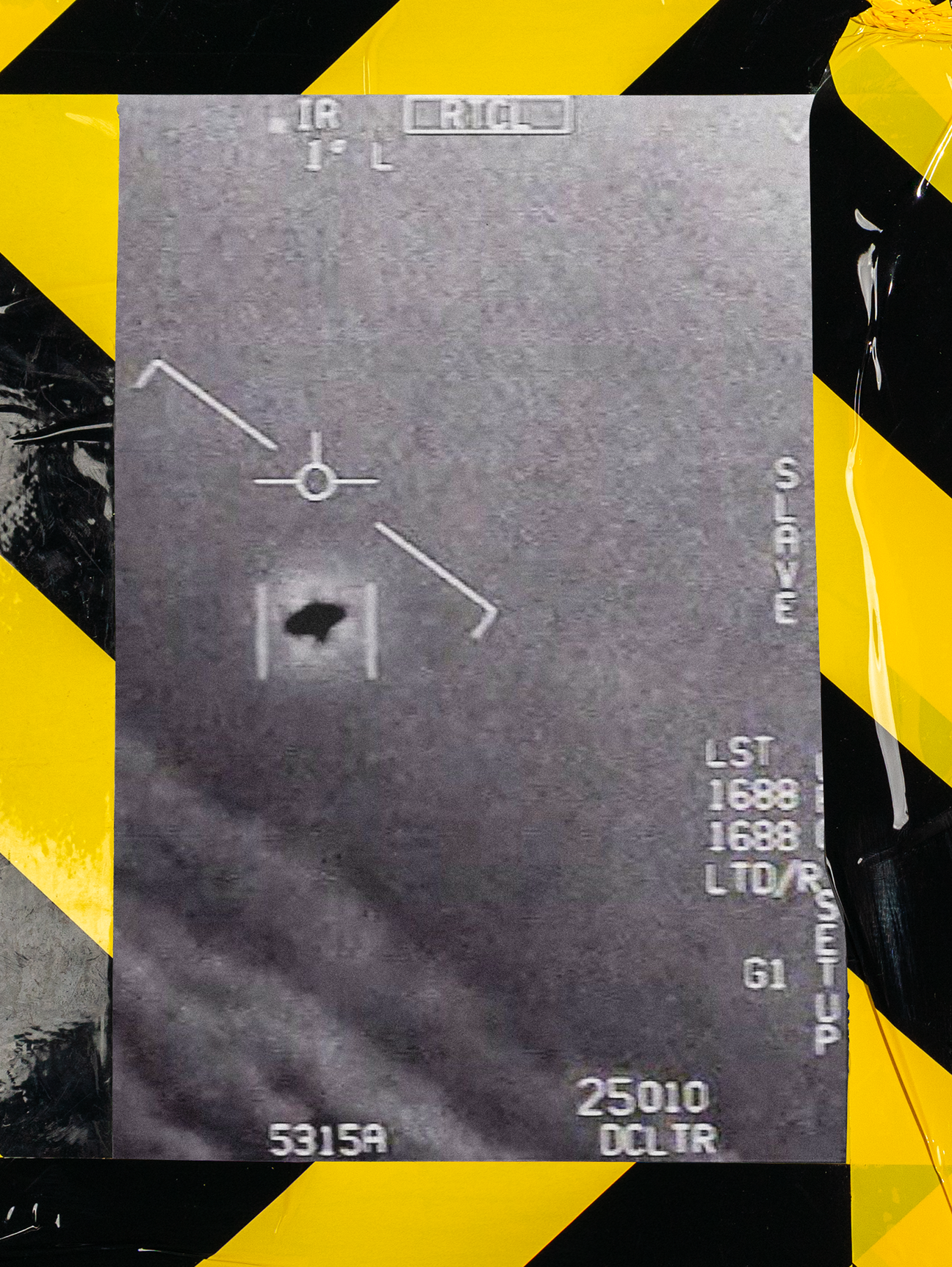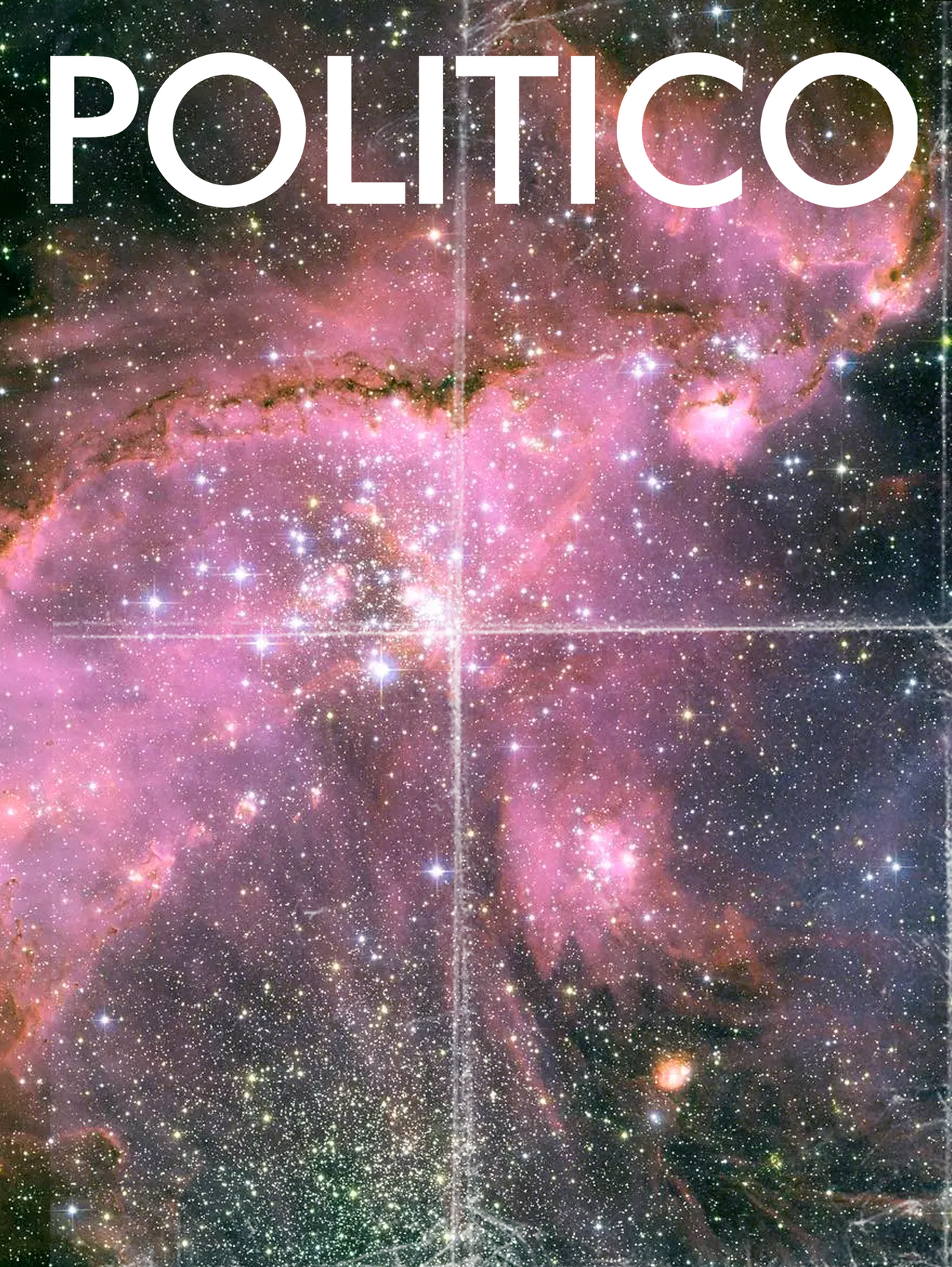
Luis Elizondo for Medium.
Today, much of our government’s business is conducted behind closed doors, and mostly for good reason.
There are numerous secret programs, secret agencies, secret committees of Congress, secret laws, and even a secret courtroom. Secrecy allows our government to collect and share information, and even make decisions that otherwise could fall into enemy hands or be exploited.
Ultimately, the purpose of keeping things secret in the government is to protect sources and methods and ensure the flow and integrity of information is maintained so decision-makers can make decisions with the very best data available. It’s no surprise that governments will go to great lengths to protect the information they consider sensitive. In fact, the more sensitive information is perceived, the more it is protected.
Nowhere is this more true than the shadowy world of intelligence and espionage.
A famous example of secretive programs was once run by a colleague of mine, Dr. Harold Puthoff. The Stargate Program was a secret intelligence collection effort straight out of science fiction books. Established by the Central Intelligence Agency under a different name, and later adopted by the Defense Intelligence Agency, the purpose of Stargate was to train intelligence collectors in advanced human cognitive capabilities and use them to collect information.
Better known as the psychic spies, these elite individuals utilized the not very well-understood phenomena of precognition and “remote viewing” to conduct espionage against our adversaries.
Many in the scientific community were initially dismissive of the idea but were later mesmerized by the fidelity and accuracy of the data collected. Was the U.S. Government really tapping into things like witchcraft as some had proposed, or was there a more scientific explanation?
Perhaps one of the more controversial programs in U.S. history, it certainly wasn’t the first or the last to explore the weird world of quantum physics for the purposes of intelligence and information gathering.
Some of the most “out there” research happening in the government right now is in the world of quantum physics.
Quantum mechanics is a physics theory that studies the behavior of matter and energy at the atomic and subatomic level — and now, it’s helping to shed light on some of the most mysterious areas of science.
Areas including teleportation, quantum entanglement, and zero-point energy are providing new insights into the very fabric of our reality and space-time. Ideas popularized by sci-fi shows like StarTrek are proving more real than you might think.
Most people would be surprised to learn that we have been teleporting objects such as electrons for over a decade, and most recently, the Micius satellite confirmed successful teleportation of a quantum object from Earth to orbit, smashing the previous record.
Yes, teleportation is real.
Another example of government involvement in the weird world of quantum mechanics is the Laser Interferometer Gravitational-Wave Observatory (LIGO). A partnership between Caltech, MIT, and the National Science Foundation, LIGO’s job is to detect small fluctuations in gravitational waves that are caused by stellar black holes colliding millions and billions of light years away.
Until recently, the idea that gravity waves even existed, let alone compress and stretch space-time like a Slinky was only theoretical. Why are gravitational waves important? Because they prove that the very space and time we live in is, in fact, flexible, and sometimes very flexible.
If you’re scratching your head right now, you probably aren’t alone.
Our recent understanding of these weird quantum properties was only made possible because at some point, the U.S. Government decided it was worth pursuing and became involved.
The mystery surrounding Unidentified Aerial Phenomena (UAP) may seem whimsical; after all, other efforts including the now famous “Project Blue Book” looked at the same fanciful phenomena, along with several other previous efforts and came up with nothing…or did they?
When I headed the Pentagon’s Advanced Aerospace Threat Identification Program (AATIP), we were doing exactly the same thing others before us were doing.
But AATIP had an advantage its predecessors didn’t — a better understanding of the quantum world. Only recently have we made advancements enough in our understanding of science that for the first time, many of the perplexing behaviors of UAP — such as instantaneous acceleration, hypersonic velocities, low observability, trans-medium travel, and even anti-gravity — can now be explained by quantum physics and not voodoo science.
Finally, we were at the point where the physics had caught up with the observations, the electro-optical data, and other hard data. We now had a glimpse into better understanding how these things behave and perform.
Books written by Harvard professors and renowned scientists at MIT, Stanford, Cambridge, and Oxford are shedding new light on the mathematics involved with this super boutique field of science. No longer is the quantum world a scientific field of theory, it is now a practical field of reality. It may explain the very behavior of the universe and everything in it.
It might even help demystify the conundrum of “faster than light travel,” or frankly speaking, the ability to bend space-time in a way where you can go across great distances in an instant and still not break any laws of physics.
Eureka!
Laws are meant to be broken.
Perhaps in traffic court, it’s best not to tell the judge that.
But in physics, we’re learning that some laws can be bent. Let’s look at quantum entanglement as an example.
For two particles to be “entangled,” when one particle is acted upon, the other reacts. This holds true whether the particles are separated by an inch, a foot, a mile, or much, much further.
Here’s a much-oversimplified demonstration of what it looks like:
Say I’m holding two pens, one in each hand. I take the pen in my left hand and throw it left, to the farthest reaches of our visible universe, 13.5 billion light years over the horizon. Then I take the pen in my right hand and send that pen to the farthest point of the visible universe to the right, in the opposite direction of the first pen. Now we have approximately 27 billion light years in distance between each pen, right? This means it takes light (the fastest thing in the known universe) 27 billion years to travel from the first pen to the second.
Yet, if my two pens are quantum entangled, as I act on one pen, the other will immediately respond. Somehow, the two pens have managed to instantly communicate an action that takes light more than 27 billion years to reach.
Confused? That’s okay. Albert Einstein was so beguiled by quantum entanglement, he called it “spooky action at a distance.”
So how is this possible if light is supposedly the fastest thing in the universe? It’s possible that quantum communication has found a shortcut. Maybe the communication that occurs at the quantum level doesn’t recognize distance the same way we do, or even the way light does.
Perhaps, in the quantum world, distance isn’t even a consideration.
Some have proposed that space is like a giant sponge or swiss cheese, with tiny holes that allow you to zip from one point to another without having to traverse over or around the actual sponge or cheese itself. Imagine if we had the technology to exploit these tiny holes.
Another possibility is that at the quantum level, communication occurs by connecting two areas of space-time at a single point. Similar to placing a pencil smudge on the edge of a sheet of paper, then folding together opposite ends of the paper together so the pencil smudge on one end rubs off on the other side of the paper.
Scientists now believe that there are other things can indeed move faster than the speed of light. Recent observations supporting “Inflation Theory” propose that space itself can expand faster than the speed of light. In essence, space between two objects can expand so rapidly, that even though the objects themselves are not moving faster than light, the space between the two objects certainly does.
The one thing we realize is that, as strange as the quantum world may be, it is indeed real.
Quantum physics helps us explain the behavior of UAP.
All the reports of UAP have something in common: the weird and erratic way the unfamiliar crafts move through the sky.
The first report of a “flying saucer” dates back to 1947 when a pilot saw nine objects resembling boomerangs in the sky, each moving “like a saucer if you skip it across the water.” In 2003, a New Zealand eyewitness described seeing a “disc-shaped silver UFO with erratic vertical and horizontal movements.” Thousands of reports by military and civilians from around the world have continued to report similar characteristics.
Then, in December 2017, the Department of Defense released its first “official footage” of UFO encounters with the military. In the videos, the trained military pilots — who know exactly what both foreign and domestic aircraft look like when flying — are completely stumped by what they’re witnessing. The craft dart to one side, then zip across the screen to another point, seemingly defying the laws of science.
How are they able to maneuver this way?
UAP don’t seem to be bound by the same limitations and interpretations we have of space-time. They’re here one moment, gone the next. We can safely assume that whatever technology is being used, it’s likely far superior to ours.
It’s time for a paradigm change.
Back in the 1800s, the director of the U.S. Patent Trademark Office predicted that in 20 years, there would no longer be a need for patents because everything would have already been invented.
Pretty short-sighted, right? But a similar thing happened with UAP. With Project Blue Book, the U.S. Air Force compiled reports of tens of thousands of UFO sightings over 17 years. But in 1966, another Air Force committee published the Condon Report, which concluded that most of the sightings examined were explainable.
Then the 2017 DoD disclosure occurred, directly contradicting the findings in the Condon Report. We realized we had not discovered all there was to discover — not by a long shot.
AATIP succeeded where others failed simply because our understanding of the physics finally caught up to our observations.
Now, equipped with more information than ever before, we’re on the precipice of some serious revelations and discoveries about our place in the universe.
Follow Luis Elizondo on Medium.
